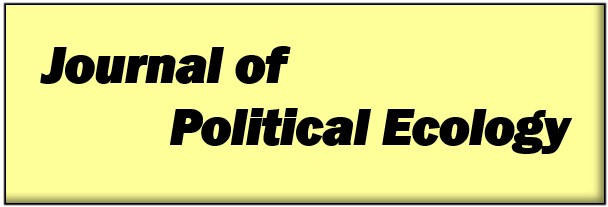Abstract
This article draws from an empirical case study of the use of truthiness and obfuscation during an environmental protest in China, to help highlight the complex issues that political ecology faces in the Post-Truth Era. By drawing on empirical data from social media and local interviews, this article documents rising social tensions associated with air pollution and the recent construction of a petroleum refinery outside of Chengdu. The article notes how historical precedent and the obfuscating of environmental information by government officials provided the conditions that led to residents presenting a selection of facts or even false information to support truth-claims that in turn supported their protest against the refinery. While this tactic of using truthiness to support an environmental protest may have sent the relevant information viral across the internet, the article also documents how the Chinese state in the end was able to de-legitimize the protestors by labeling their behavior as "anti-science." The article draws on this case study to encourage political ecologists to critically evaluate and contextualize the limits of utilizing alternative facts to challenge authoritarian control over the environment.
Keywords: Post-Truth, environmental protest, social media, China, environmentality, necropolitics
How to Cite:
Schmitt, E. & Li, H., (2019) “Engaging truthiness and obfuscation in a political ecology analysis of a protest against the Pengzhou Petroleum Refinery”, Journal of Political Ecology 26(1), 579-598. doi: https://doi.org/10.2458/v26i1.23118
Downloads:
Download PDF
View PDF


